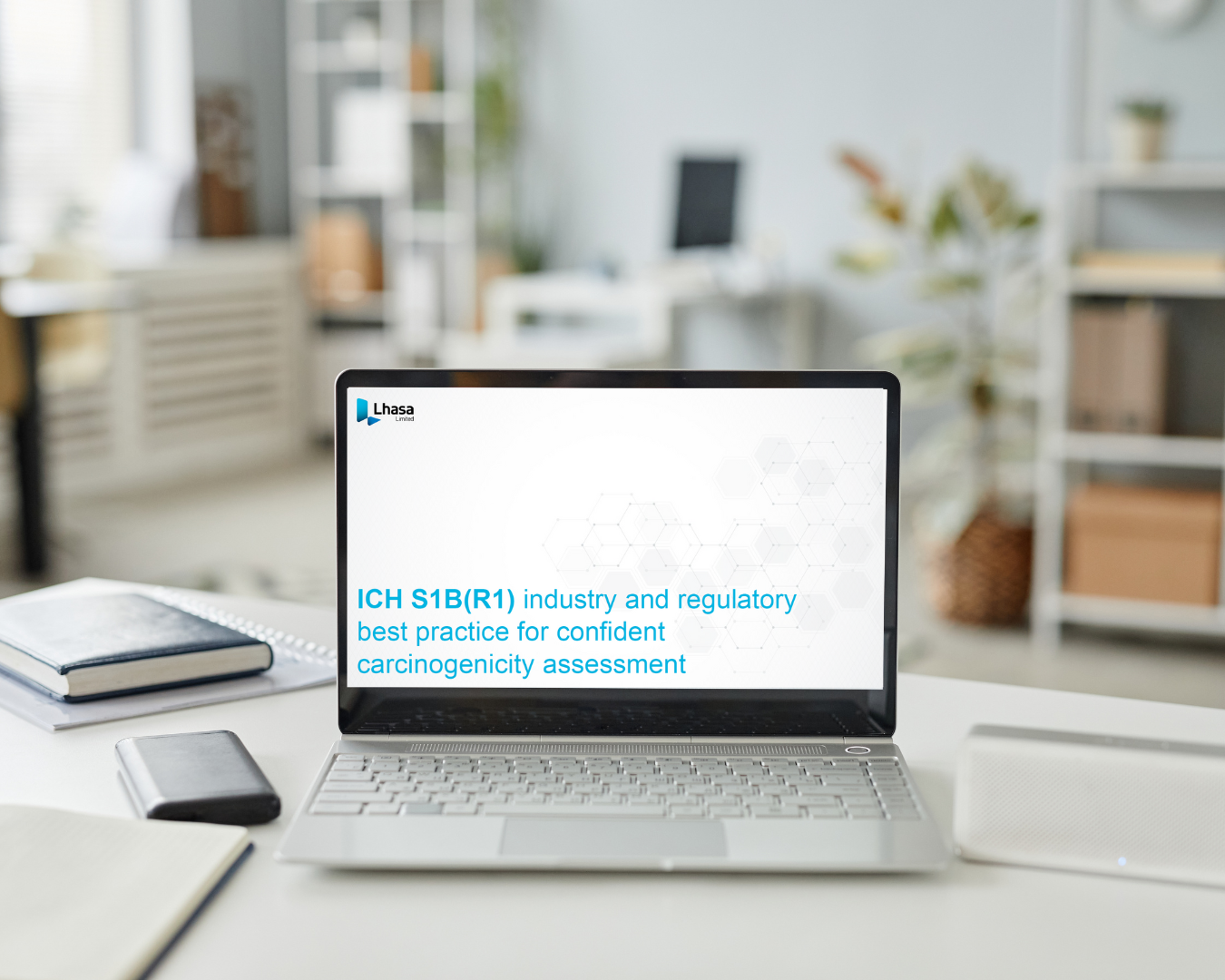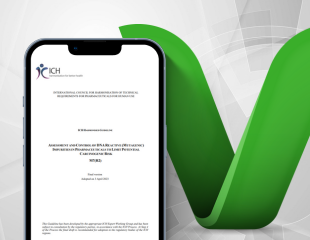As a result of high carcinogenic potency of several N-nitrosamines in rodents, regulatory agencies are now requiring N-nitrosamine risk assessments to be performed on all marketed medical products.
The EMA, U.S. FDA and other regulatory agencies have set acceptable daily intake (ADI) limits for some N-nitrosamines. These values are calculated from rodent carcinogenicity TD50 values for experimentally measured N-nitrosamines or the measured TD50 values of close analogues. There is also a class-specific limit for those without sufficient data which can be adjusted based upon a structure-activity relationship (SAR) analysis and comparison with analogues having established carcinogenicity data.
Alongside this pharmaceutical industry movement, we were keen to investigate whether improvements in SARs could more accurately predict N-nitrosamine carcinogenic potency. Our paper discussing this topic, “Developing structure-activity relationships for N-nitrosamine activity” was recently published in Computational Toxicology and was written by Lhasa Principal Scientist, Dr. David Ponting and Dr. Kevin Cross from Instem.
The nitrosamine working group
A working group of 23 pharmaceutical companies and universities was established to address several scientific and regulatory issues, including:
- Reporting and reviewing N-nitrosamine mutagenicity and carcinogenicity reaction mechanisms
- Collecting and reviewing available, public, relevant experimental carcinogenicity and mutagenicity data
- Developing SARs consistent with mechanisms for predicting N-nitrosamine carcinogenic potency categories
- Improving methods for calculating acceptable intake (AI) limits for N-nitrosamines based upon mechanistic analogues.
Within the paper, we describe the progress made towards development of mechanistically based SARs, identifying the structural features that most affect nitrosamine carcinogenic potency and mutagenicity prevalence, specifically: the degree of a-carbon branching and the presence or absence of ß-carbon electron-withdrawing groups.
Read the full paper for more information on…
- How a-carbon substitution affects nitrosamine carcinogenicity potency and mutagenicity prevalence
- The effects of strong and weak ß-carbon electron-withdrawing groups on nitrosamine carcinogenicity potency and mutagenicity prevalence
- N-nitrosodimethylamine (NDMA) and N-nitrosodiethylamine (NDEA)-specific considerations of activity and their relevance to other N-nitrosamine potencies.
If you would like more information on Derek Nexus, our in silico toxicity tool which uses expert derived structural alerts (2D SARs), including for nitrosamine genotoxicity, please get in touch with our Applied Sciences Team.
Last Updated on January 25, 2024 by lhasalimited



